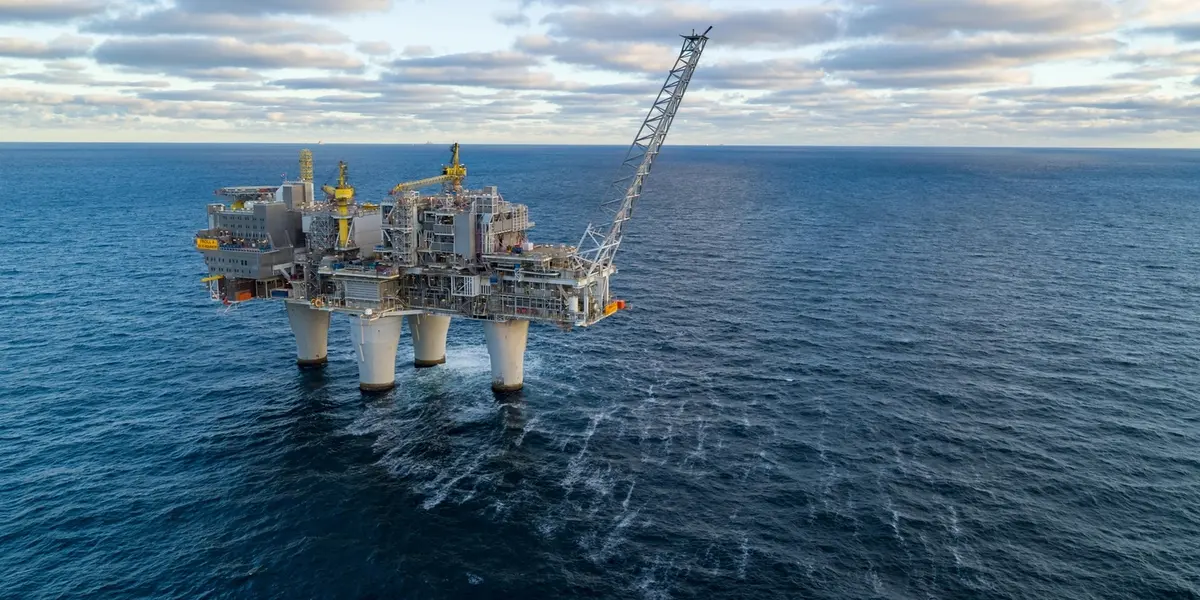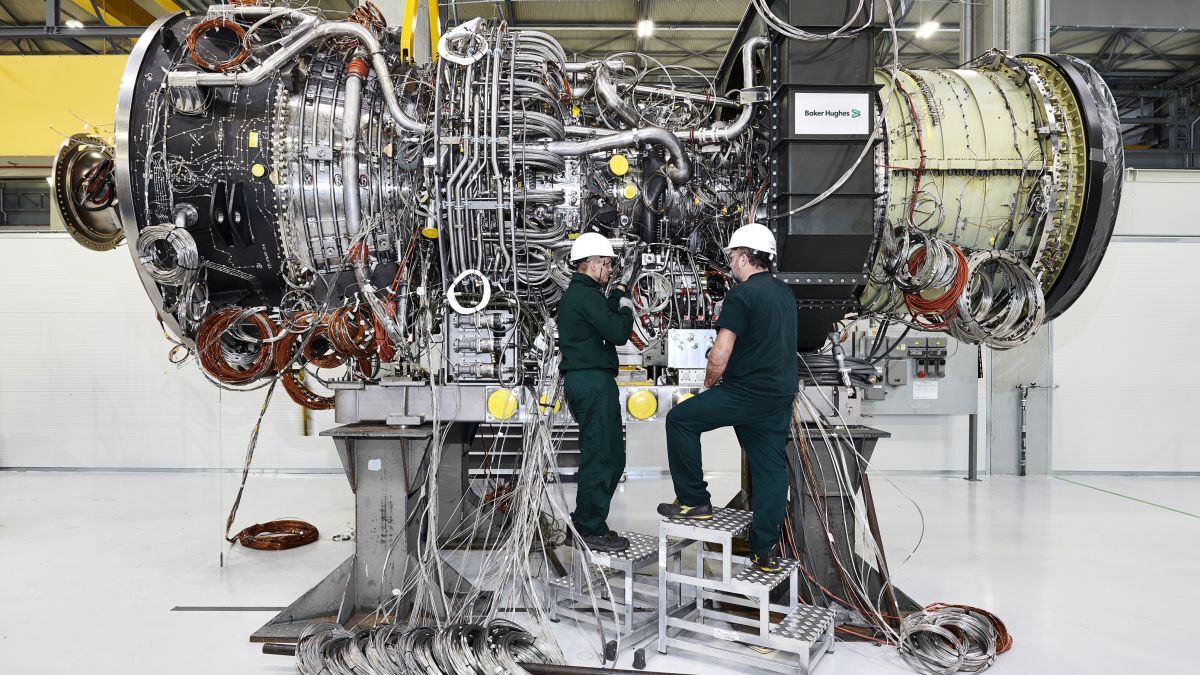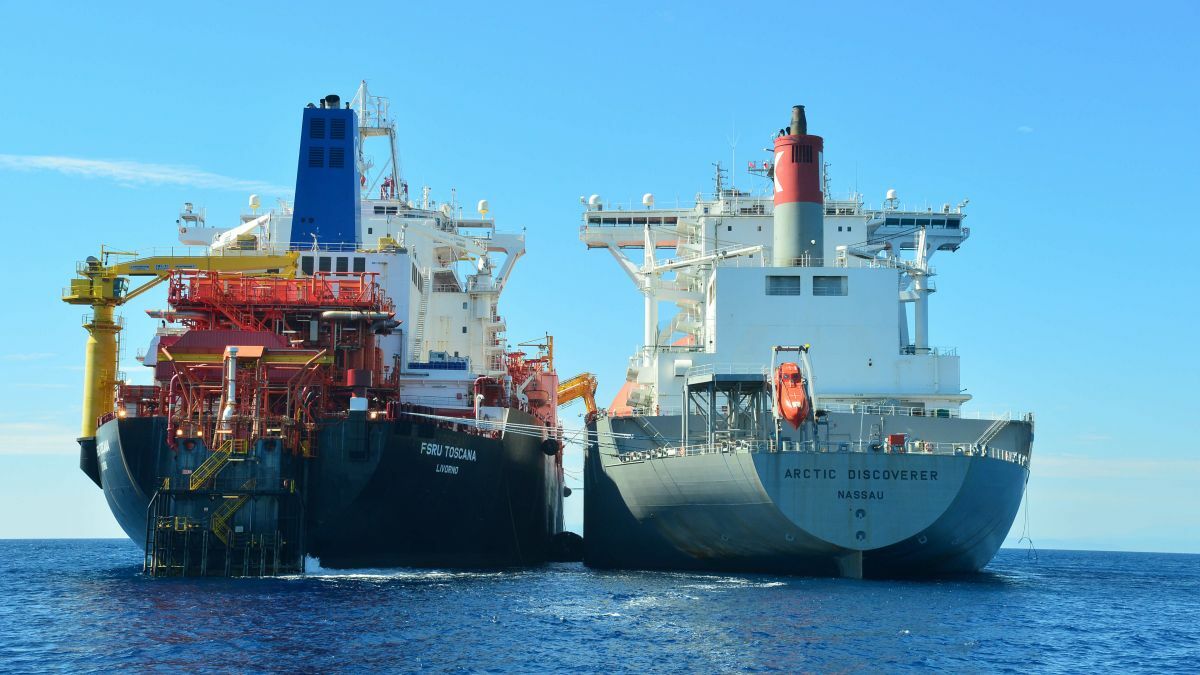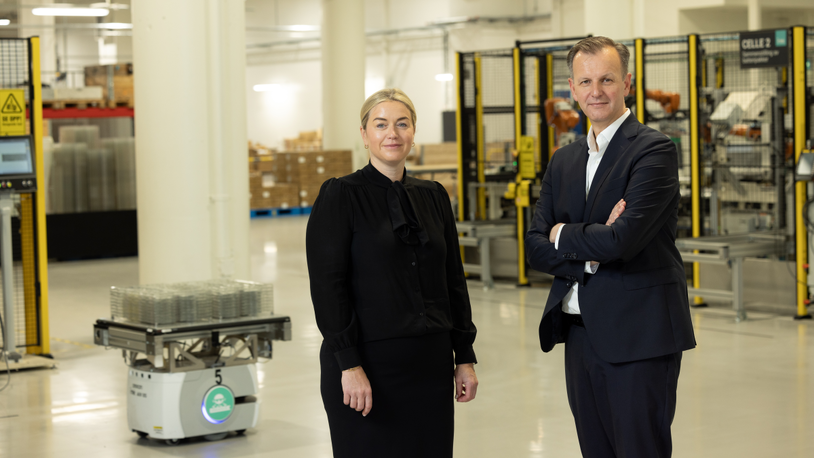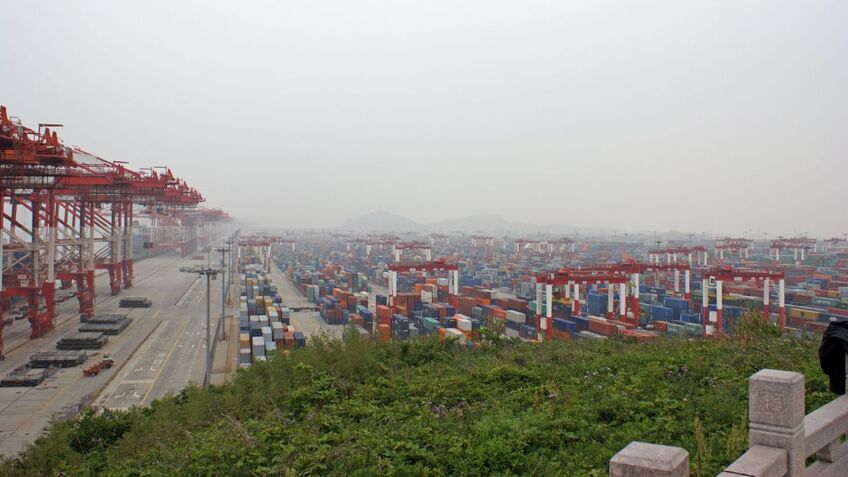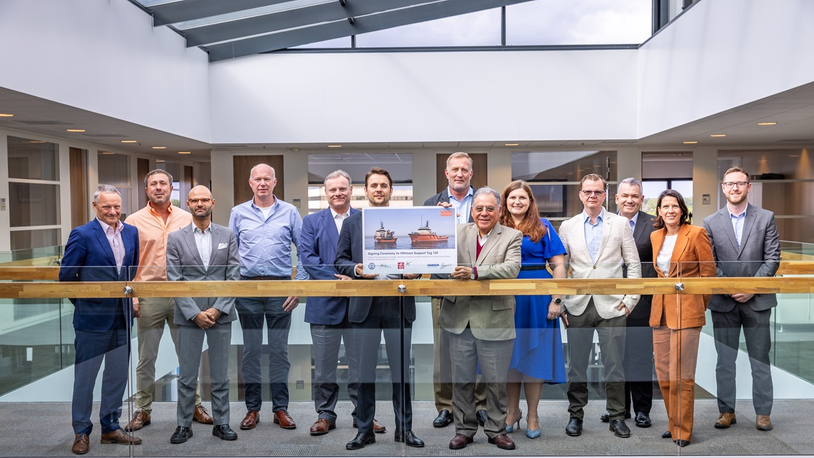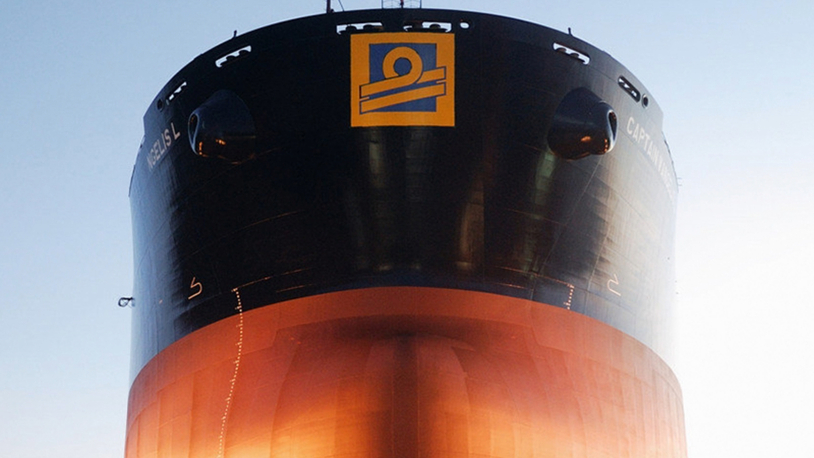Business Sectors
Contents
Register to read more articles.
Market ‘on fire’ for contractors, vessel owners
Owners benefit from billion-dollar contracts, soaring fixture rates and term charters to beyond 2028 as energy companies develop deepwater projects
Subsea companies are busier than ever, with more major oil and gas project developments, rising demand for seabed infrastructure maintenance and growing needs from offshore renewables. Energy companies are making longer-term commitments, offshore engineering contractors are signing longer-term contracts to ensure they have capacity out to 2028 and towards 2030 as their orderbooks swell.
Rising demand enables vessel owners to drive up dayrates and operating margins to more than 30%, with some expecting 40% into 2H 2024, according to market analysts at Fearnleys.
“The subsea market is leaning headfirst into both the upcycle as well as the summer season with few, if any, signs of slowing down,” they say in the latest quarterly report.
“While there have been several newbuild announcements so far this year, with more expected imminently, our prediction is that the market will require a lot more ordering to meet future vessel demand. With delivery windows literally years into the future however, the dayrates for the sailing fleet are more likely to continue their upward trajectory,” says Fearnleys.
Demand hotspots include South America and west Africa where oil majors and state energy companies continue developing deepwater oil and gas fields through subsea infrastructure linked to floating production storage and offloading (FPSO) vessels. Demand is firm in the Gulf of Mexico, North Sea and southeast Asia without being excessive and strong in the Middle East. A majority of subsea vessels have full utilisation over 2024 and little availability in 2025. Fixture dayrates for subsea construction support vessels are up to around US$150,000, while pipelayers in Brazil have been fixed on three- to four-year contracts at US$242,000 to US$284,000 per day.
Q2 2024 has been a period of strong orderbook build for contractors with orderbooks to above previous peak levels and workscope increases are raising contractual values. For example, Subsea 7 secured a super-major contract offshore Brazil in late May from Petrobras, valued at more than US$1.25Bn, covering development on the giant Búzios deepwater field. The workscope includes engineering, procurement, fabrication, installation, and pre-commissioning of 102 km of rigid risers and flowlines, with offshore operations scheduled in 2026 and 2027.
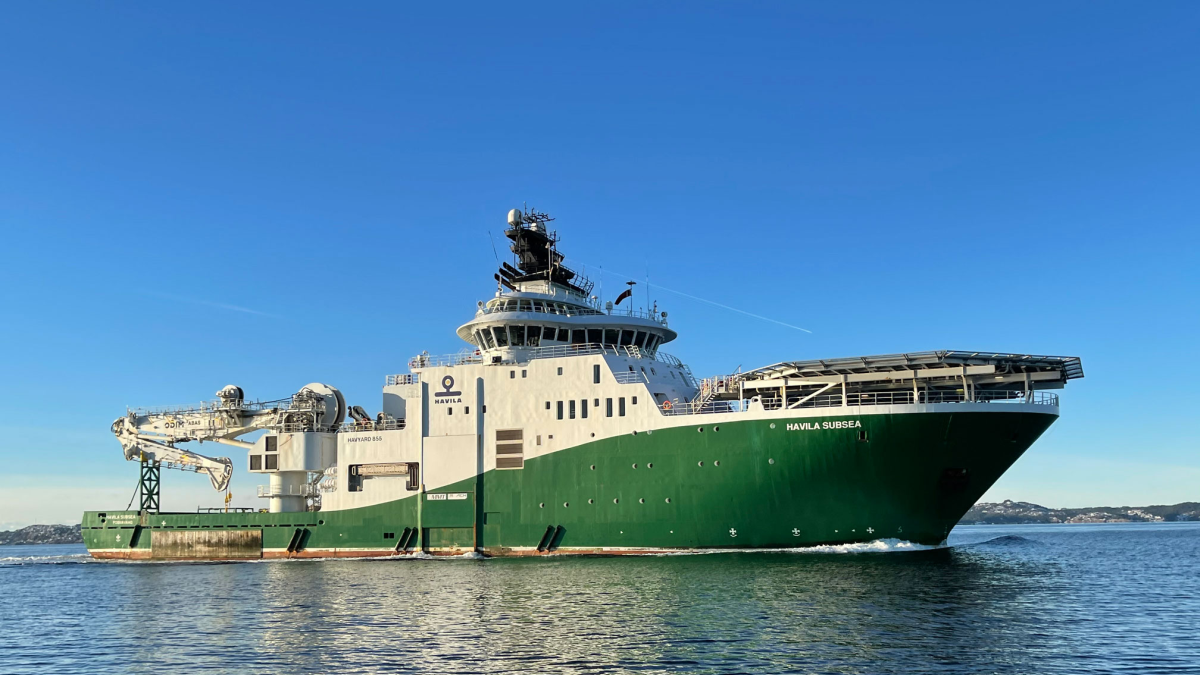
Also in Brazil, Subsea 7 won a competitive tender process for four pipelay support vessels on long-term contracts, for Seven Rio, Seven Cruzeiro and Seven Sun for three years and Seven Waves on a firm four-year period. These contracts have a combined value of over US$1.25Bn.
In May, TechnipFMC secured a new contact to tie back the Xena well to support ongoing production from the Pluto LNG project, including design, manufacturing and installation of the subsea production system, flexible pipe and umbilicals.
Saipem has secured contracts in Saudi Arabia for two offshore projects by Saudi Aramco, with an approximate value of US$500M. The Milan, Italy-headquartered company is responsible for installing 50 km of 42-inch diameter pipeline for the Abu Safa field. It will also provide subsea activities related to production maintenance programmes on the Berri and Manifa fields in the Middle East Gulf.
In Azerbaijan, BP Exploration (Caspian Sea) has signed a framework agreement with a Saipem consortium covering subsea operations on the Shah Deniz and Azeri-Chirag-Gunashli fields, with an expected contractual value of US$300M.
Dutch pipelay specialist Allseas has won a contract to install 22 km of 16-inch diameter pipe between platforms offshore the east coast of Trinidad for Shell. Lorelay will head to the Caribbean to begin laying the pipeline in November in around 60-70 m of water. The scope includes mattress installation and pre- and post-lay survey. This project will extend gas production to the Atlantic LNG production facility.
Allseas’ Pioneering Spirit will also install a pipeline and integrated structures in 2026 for the second development stage of Equinor’s Troll Phase 3 in the North Sea. Gas produced from the Troll West field will be tied back to the Troll A platform and pumped to the Kollsnes onshore plant.
In Australia, Allseas’ Audacia installed 262 km of gas export pipeline on the Barossa in the Timor Sea and in the North Sea Pioneering Spirit completed removal of topsides of the fourth decommissioned Brent oil platform.
Solstad Offshore gained a long-term contract for its 2014-built construction support vessel Normand Ocean from Prysmian Powerlink to support cable-laying projects into the next decade. It is chartered for five years until 2032 and has a two-year option to extend it to 2034. It joins Normand Pacific, which is on a firm contract with Prysmian until the end of 2030.
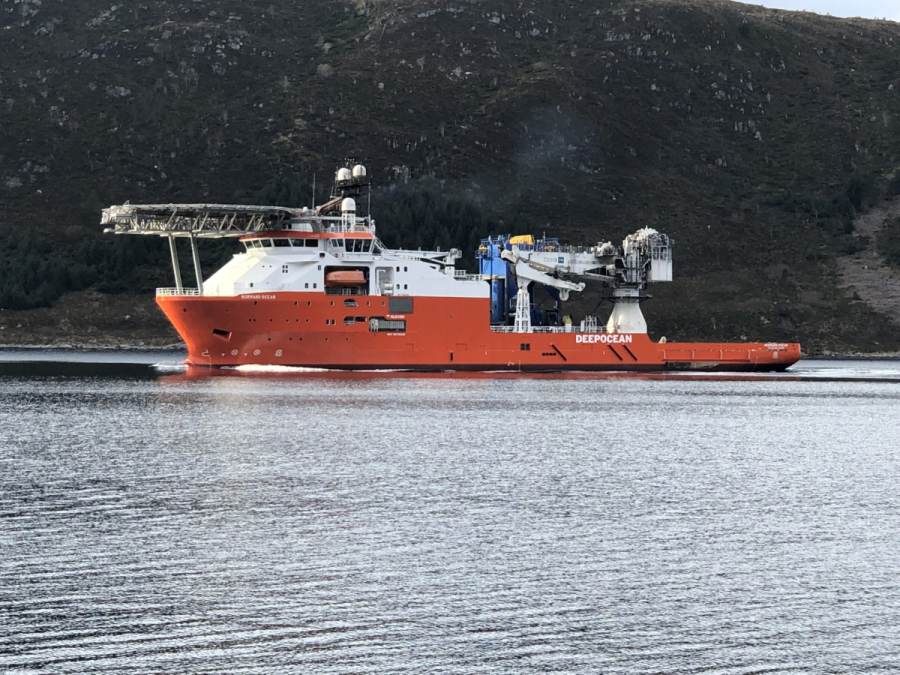
Mergers, ROVs and USVs
There have been several acquisitions and mergers in the subsea space during the past three months. Offshore and marine services company Moreld acquired Stavanger, Norway-headquartered Ocean Installer, with offices in Oslo (Norway), Aberdeen (UK), Houston (US) and Dubai, from HitecVision to enter the subsea market.
Havila Group acquired Volstad Maritime and changed its name to Havila Subsea & Renewables to operate alongside Havila Shipping, and Cyan Renewables purchased Australia’s MMA Offshore.
Chouest acquired UK-based ROVOP, a supplier of remotely operated vehicle (ROV) services, to work alongside subsea service company, C-Innovation, to operate a fleet of more than 100 ROVs and six autonomous underwater vehicles.
Reach Subsea has entered into an agreement with Equinor for a technology qualification programme for its Reach Remote unmanned surface vessels (USVs) in Norway. These were in the final testing stage in July and will start a pilot project with Equinor involving surveys, ROV intervention and subsea inspection and maintenance.
This campaign will validate remote operations for various tasks such as seabed mapping, structure inspection (including photogrammetry), pipeline inspection, guard vessel duties, environmental monitoring and reservoir modelling using gravimetric measurements.
It will be executed offshore in the North and Norwegian seas on production fields such as Troll, Gullfaks, Snorre and Åsgard, once these USVs are delivered.
In addition, Oslo-listed Reach Subsea extended the firm charter period for Havila Shipping’s 2011-built Havila Subsea for inspection, maintenance, repair, survey and construction of subsea facilities for three years to the end of 2027. In June it announced contracts for an estimated US$47M for 2024 and 2025, including contract extensions and call-offs within frame agreements.
Related to this Story
Events
LNG Shipping & Terminals Conference 2025
Vessel Optimisation Webinar Week
Marine Coatings Webinar Week
© 2024 Riviera Maritime Media Ltd.


